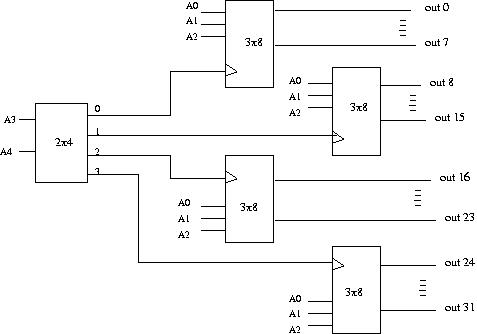| Computer
|
| | R | M | Z |
| Benchmark E | \({417\over 244} = 1.709\) | \({244\over 244} = 1\) | \({134\over 244} = 0.549\) |
| Benchmark F | \({83\over 70} = 1.186\) | \({70\over 70} = 1\) | \({70\over 70} = 1\) |
| Benchmark H | \({66\over 153} = 0.431\) | \({153\over 153} = 1 | \({135\over 153} = 0.882\) |
| Benchmark I | \({39449\over 35527} = 1.110\) | \({35527\over 35527} = 1\) | \({66000\over 35527} = 1.858\) |
| Benchmark K | \({772\over 368} = 2.098\) | \({368\over 368} = 1\) | \({369\over 368} = 1.003\) |
For computer R, the arithmetic mean is \({1.709+1.186+0.431+1.110+2.098\over 5} = 3.107 \)